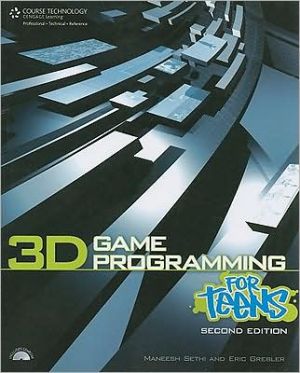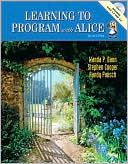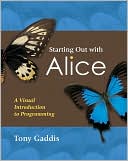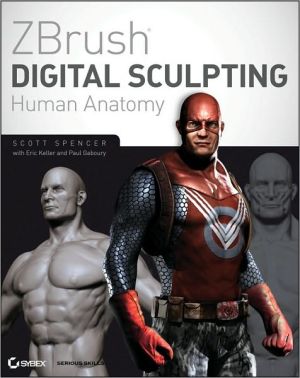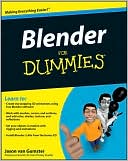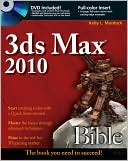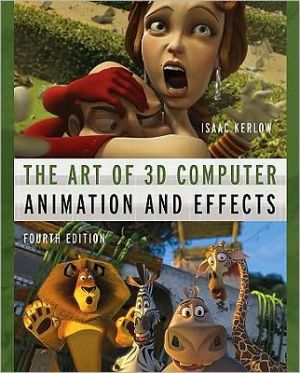3D Game Programming for Teens
Do you love video games? Do you want to learn how to make them yourself? Welcome to 3D Game Programming for Teens, Second Edition, a how-to resource for anyone interested in creating a video game. Written specifically for beginners in an easy-to-follow way, the book teaches you basic programming, graphic design, and 3D modeling so that you can design and develop your very own games. You'll begin with an introduction to some simple programming concepts using the Blitz3D language. Then you'll...
Search in google:
Do you love video games? Do you want to learn how to make them yourself? Welcome to 3D Game Programming for Teens, Second Edition, a how-to resource for anyone interested in creating a video game. Written specifically for beginners in an easy-to-follow way, the book teaches you basic programming, graphic design, and 3D modeling so that you can design and develop your very own games. You'll begin with an introduction to some simple programming concepts using the Blitz3D language. Then you'll learn about graphics creation for games using CorelDRAW and PHOTOPAINT. Finally you'll explore basic 3D modeling with Autodesk 3ds Max, and you'll learn how to enhance your games with sound effects, collisions, and more. 3D Game Programming for Teens, Second Edition walks you through the game programming process step-by-step, with each new technique building upon the previous ones. The final chapter of the book shows you how to put all your new knowledge together and build your own full game! All you need to get started are some basic computer skills and a love of games. No previous programming experience required!
PART ONE: The Basics of BASIC. 1: Getting Started. 2: Getting to Know BASIC. 3: Loops, Functions, Arrays, and Types. 4: The Style Factor. PART TWO: Getting Into Graphics. 5: Shapes and Objects. 6: Controlling Objects. 7: Light and Cameras. 8: Getting Graphic. PART THREE: Getting More Advanced. 9: Setting the Stage. 10: 3D Modeling. 11: Collisions. 12: Sounds. 13: Other 3D Game Components. 14: Putting It All Together. Appendix: Scan Code Reference
